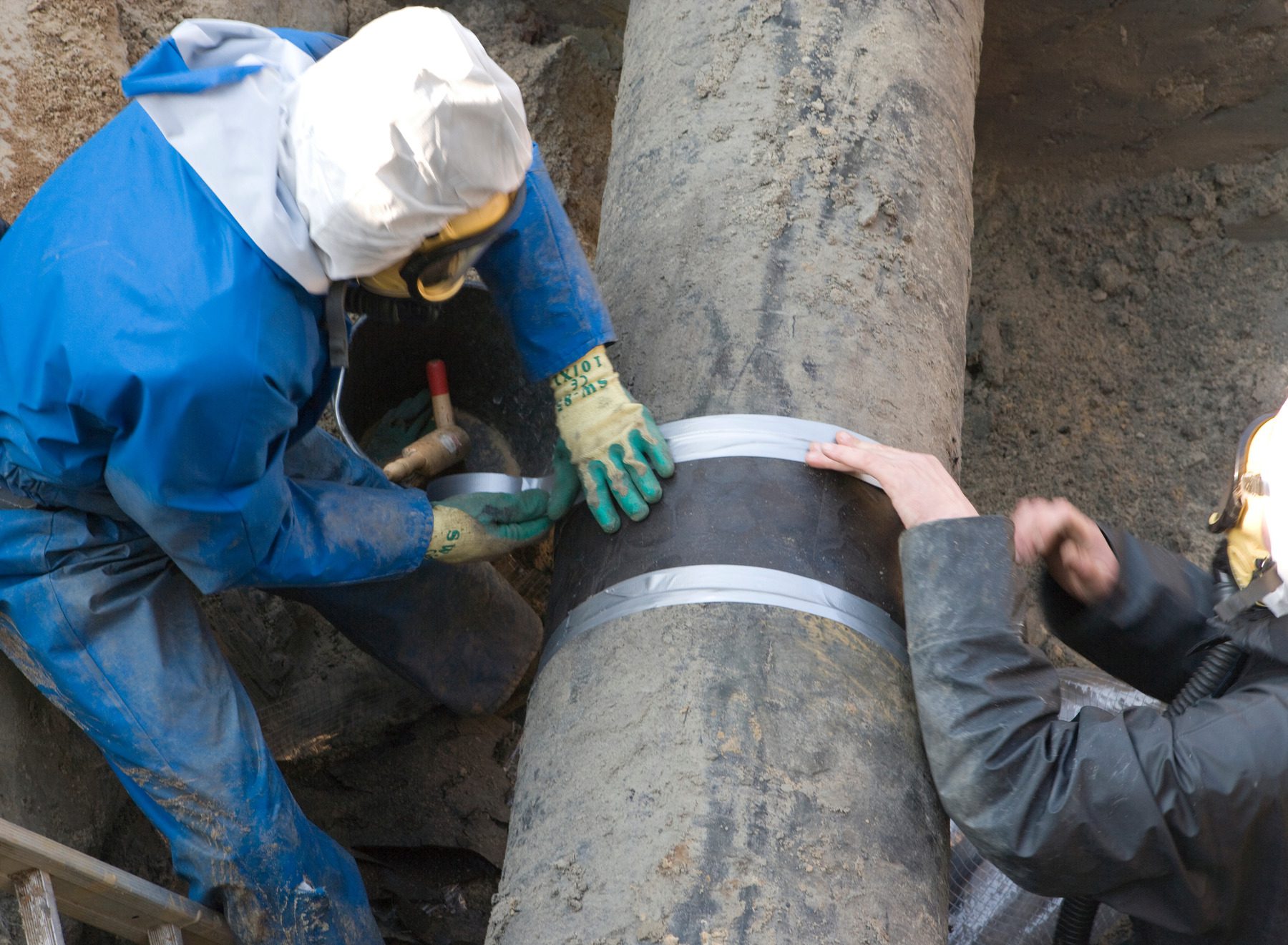
In Maine, asbestos removal regulations, including the transportation and disposal of asbestos-containing material (ACM) waste, are regulated by the state’s Department of Environmental Protection. By law, ACM waste can only be transported to an approved landfill by a DEP-licensed “non-hazardous waste transporter.” The landfill must be able to accept “friable asbestos,” a term that refers to a specific characteristic of asbestos-containing materials.
As a hazardous substance, asbestos is subject to numerous federal, state, and local regulations. The dangers and health risks posed by asbestos or asbestos-containing waste material are well documented. Derived from six naturally occurring mineral fibers, asbestos is found in certain rock formations. When these rocks are broken, crushed, and pulverized for use, microscopic asbestos silicate mineral fibers are released into the air and surrounding soils. Once airborne, these fibers pose a significant health risk when inhaled, and lead to serious respiratory diseases, including lung cancer, asbestosis, and mesothelioma.
Even though asbestos use by most industries and manufacturers ceased in the late 1970s, there is still no ban on the material in the US. There are no federal or state laws that mandate the removal or repair of ACM from buildings or dwellings, except schools. Once ACMs are identified in buildings and housing, it’s important to maintain them in good condition to prevent the asbestos fibers from becoming airborne, which could lead to health problems. For instance, some materials like siding or flooring can be left alone until or unless there are remodeling, renovation, repair, or demolition activities. In this case, unless there is a specific exemption, it must be done by professionals following DEP regulations. That said, as long as ACMs are not disturbed or until the material begins to age and disintegrate, there should be no health risks.
Where to Find Asbestos-Containing Material
Because of its fiber strength and heat resistance, asbestos has been used in a variety of building construction materials and manufactured goods. Asbestos-containing materials are found in building materials like roofing shingles, paper products, attic and wall insulation, ceiling and floor tiles, and asbestos cement products. Asbestos paper, millboard, or cement sheets can be found in walls and floors around wood-burning stoves for protection. They are also used in heat-resistant fabrics, packaging, coatings, and gaskets, and in friction-related automotive products like clutches, brakes, and transmission parts. In older homes and buildings, hot water and steam pipes were insulated with a coated asbestos material or covered with an asbestos blanket or tape.
What is Asbestos-Containing Material?
As defined by OSHA, any material that contains more than 1% asbestos is an asbestos-containing material. Once the material has become friable, it is considered hazardous. The term friable refers to the ability of a material to be easily crumbled or reduced to powder by hand pressure when it dries, ages, or deteriorates. Regarding asbestos, friable asbestos-containing materials are those that can be easily crushed or pulverized, like old wallboard, siding, flooring, or insulation.
Any sanding, grinding, abrading, demolishing, cutting, or employing any means of force to handle or remove ACMs can also render them friable and release hazardous asbestos fibers into the air. Any type of friable asbestos materials must be handled, transported, and disposed of by licensed professionals.
Transportation and Disposal of Asbestos-Containing Materials
Transportation and disposal of asbestos materials are highly regulated processes due to the potential health risks associated with asbestos exposure. Under federal law, asbestos is classified as a Class 9 Hazardous Material because of its potential hazard. DOT (Department of Transportation) mandates any transportation of hazardous material or waste to be labeled and sorted appropriately. It must be identified with proper packaging and labeling for handling and transport to reduce the associated risks to people, populations, and the environment.
In addition to DOT regulations, the DEP refers to two rules for the proper transportation and disposal of ACMs in Maine. Transportation of any type of asbestos or asbestos-containing waste material is governed by 16-219 CMR 60, the Transportation of Hazardous Materials Rule, and is administered by the Maine Department of Public Safety.
Disposal of asbestos and asbestos-containing material is subject to the Landfill Siting, Design, and Operation Rule (06-096 CMR 401). Disposal sites must be approved to accept friable asbestos materials. Landfills accepting asbestos materials must follow strict guidelines to prevent environmental contamination.
Contact MLI Environmental
If your company, business, or institution has questions over asbestos removal regulations and requires the transportation and disposal of ACM waste, contact MLI Environmental. We are a licensed hazardous waste management service provider with expertise in asbestos abatement and disposal. Our team of trained professionals offers a range of services that can help your company, business, or institution properly package, label, ship, and/or dispose of Class 9 ACMs or any hazardous material. To ensure the safe transport and disposal of your ACM waste, following asbestos removal regulations, MLI Environmental is here to assist you. Contact us today!
